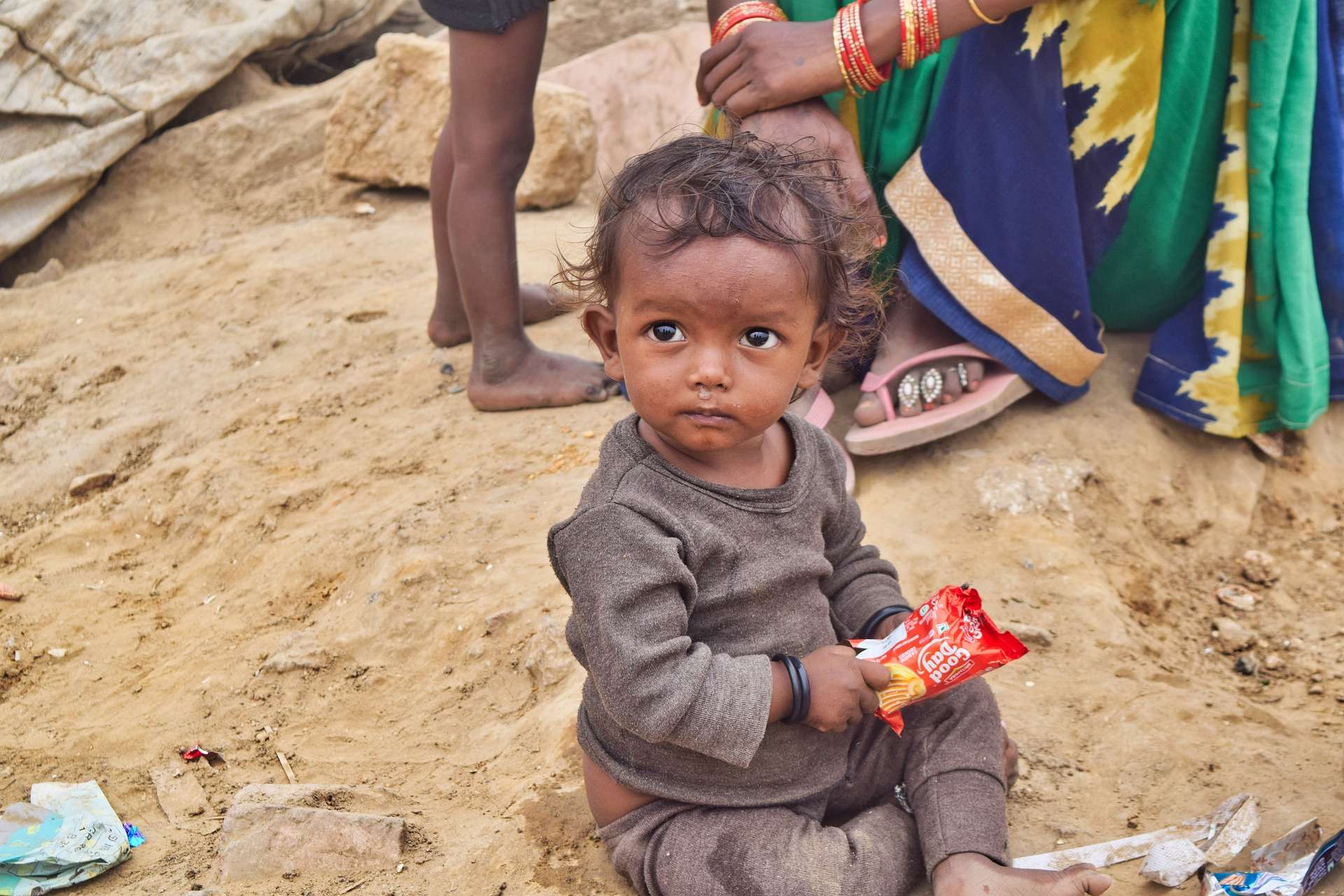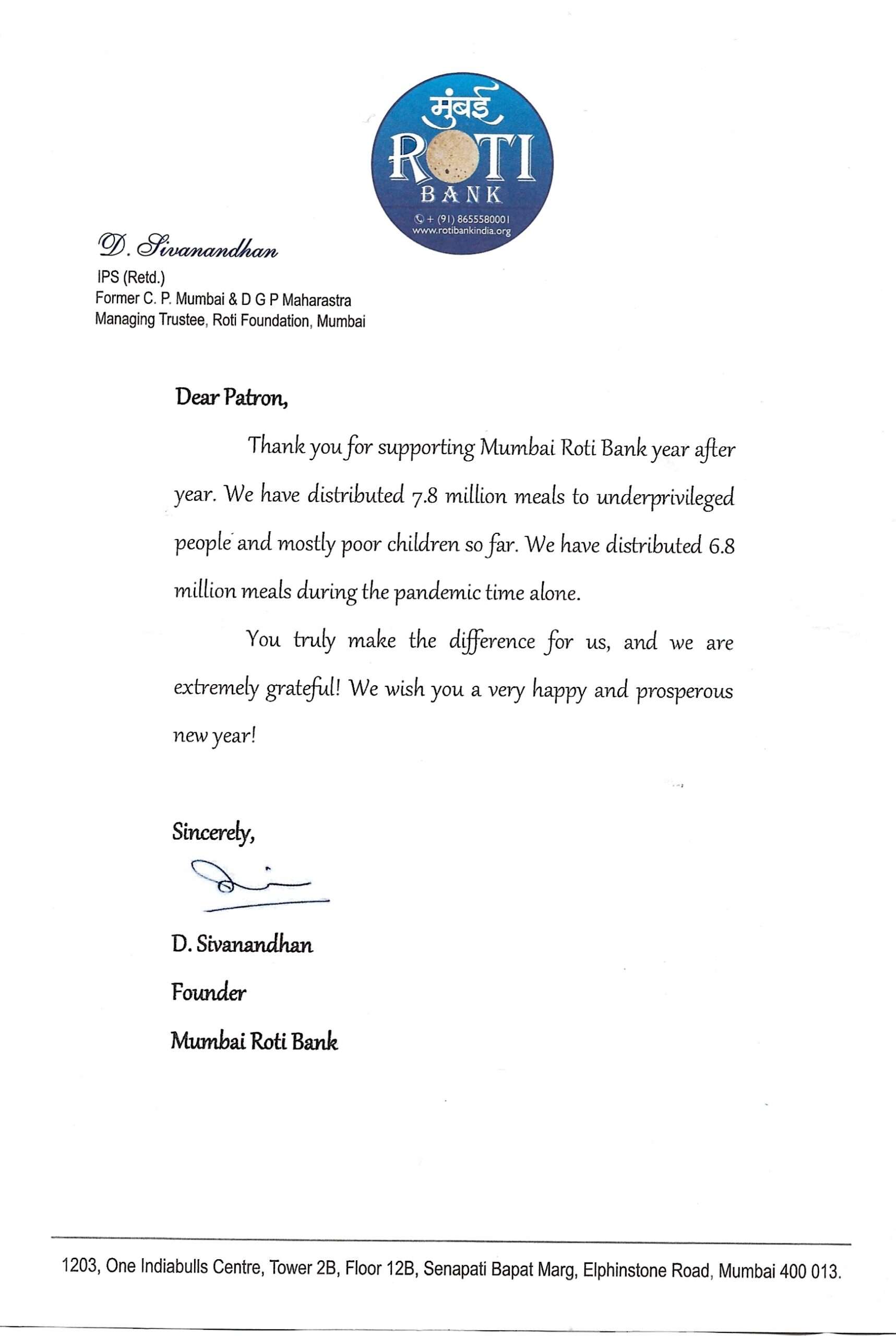Each year, an estimated 1.3 billion tons of food is wasted around the world. That’s about one-third of all the food produced for human consumption! And while industrialized countries produce the most food waste, developing countries suffer the most from it. This is because people in developing countries often don’t have enough to eat, and so they rely on food that would otherwise be wasted.
Food Waste in India
Food waste is a major issue in India, where it accounts for around Rs 92,000 crore – ~35% of the country’s GDP. That’s almost the same as the entire education budget for 2021-22!
A large part of this food waste comes from the agricultural sector, where crops and fruits are often discarded because they don’t meet certain cosmetic standards. For example, a farmer might discard an entire batch of tomatoes because they are not perfectly red or a bunch of bananas because they have some brown spots.
Another contributor to food waste in India is the widespread practice of “throwing away good food in order to make room for better food.” In other words, people will throw away perfectly edible food in order to make room for new food that they believe is fresher or tastes better.
Restaurants and hotels also contribute to food waste in India. It is not uncommon for them to throw away uneaten food at the end of the day, even if it is still edible. This practice not only results in wasted food but also wasted money since restaurants could have charged customers for that food.
What can we do to help reduce this staggering amount of food waste? Here are a few suggestions:
1. Understand the issue
The first step to solving any problem is understanding it. Learn about the causes and effects of food waste and how it contributes to climate change. This will help you be more mindful of the issue and make better choices when it comes to food.
Causes of food waste
There are many reasons why food gets wasted, but some of the most frequent causes are:
- Buying more food than we can eat
- Not using leftovers
- Wasting food during preparation
- Eating out more often than cooking at home
- Serving too much food at restaurants and buffets
- Misusing or misunderstanding expiration dates
How food waste affects the environment
When food waste goes to landfills, it decomposes and releases methane, a greenhouse gas that is 25 times more potent than carbon dioxide. This is a major contributor to climate change, and it’s something we can all help reduce by being more mindful of the food we buy and consume.
Another issue caused by food waste is the strain it puts on our natural resources. For example, when water is used to irrigate crops that will end up being wasted, less water is available for people and other plants that need it. And when food is thrown away instead of composted, all the energy and resources that went into producing it are wasted too.
2. Buy only what you can eat
If you know you won’t be able to finish a whole bunch of bananas, don’t buy them. The same goes for other perishable items like meat, produce, and dairy products. Buying in bulk might seem like a good deal, but if you can’t eat everything before it goes bad, you’re actually wasting money.
3. Use leftovers
If you have leftovers from last night’s dinner, don’t throw them away! Instead, put them in a container and save them for lunch or another meal later in the week. You can also freeze leftovers so they last longer.
4. Cook at home more often
Restaurants and buffets tend to serve much more food than we need, and much of it goes to waste. Cook at home instead and you’ll be able to control how much food you prepare. This will also save you money!
5. Get creative with best before dates
Many people mistakenly believe that if an item has passed the ‘best before’ date, they can no longer eat it. But as long as an item is still safe to eat, there’s no reason to throw it away! Best before dates are just guidelines, so use your judgment if something looks or smells okay to eat but the date has passed.
6. Compost
Composting is one of the best ways to reduce food waste because it keeps organic material out of landfills. If you don’t have a compost bin, ask your city or town government if they offer curbside pick-up composting services. You can also start your own compost pile in your backyard!
7. Donate edible food
If you have food that you know you won’t be able to eat, but it’s still safe to eat, consider donating it to a local food bank or soup kitchen. They will be able to put the food to good use, and it won’t go to waste.
8. Food Rescue
Although it is a collective effort, food rescue is one way we as a community can reduce food waste. The authorized practice of retrieving food from markets, farms, restaurants, and other food-related companies that would otherwise go to waste is known as food rescue. The food is subsequently brought or transferred to food banks. As the primary center of these networks, food rescue organizations are responsible for connecting producers and receivers, ensuring the food’s safety and quality, and calibrating food quantities to fit supply and need. In order to guarantee that food is given, collected, and received as efficiently as possible, food rescue networks cooperate with one another as a system.
Together, we can all do our part in reducing the amount of food waste that is produced every year. It’s important to understand the issue, be mindful of how much food we buy and consume, and compost and recycle as much as possible. Every little bit helps in the fight against food waste!
Image Source: Pixabay










0 Comments